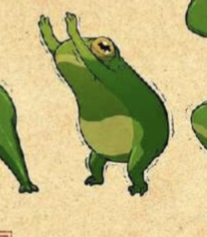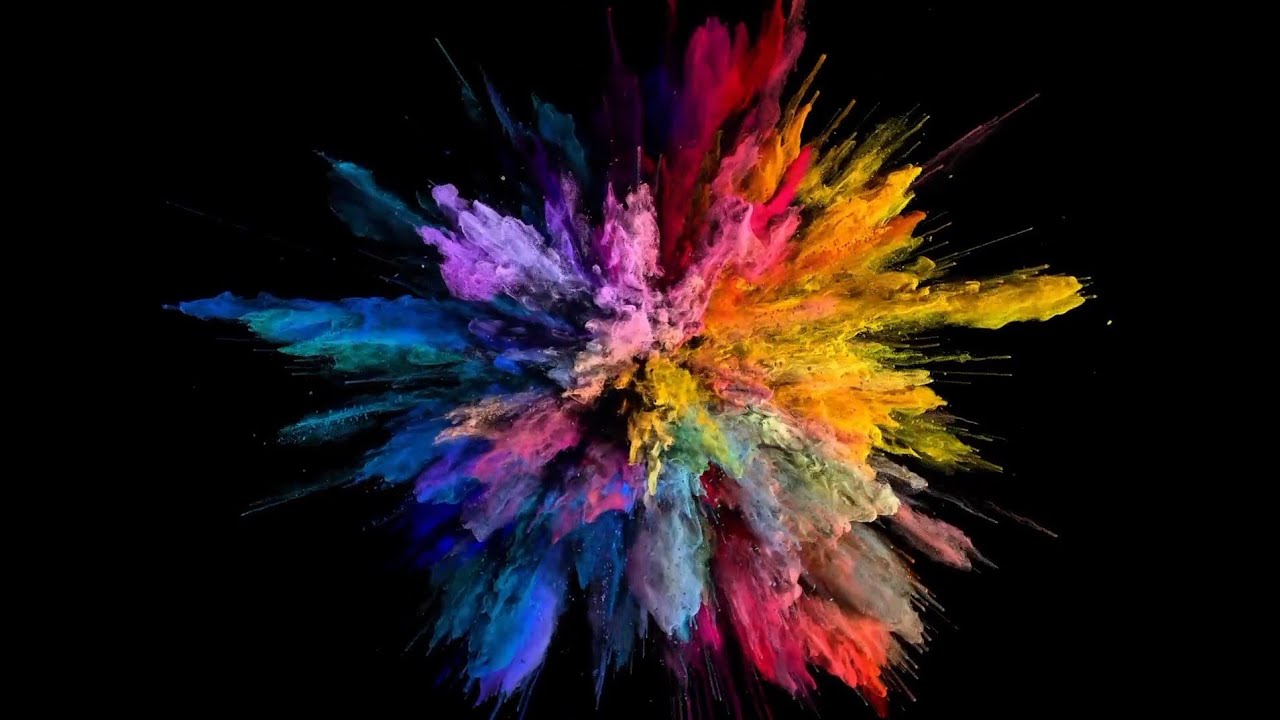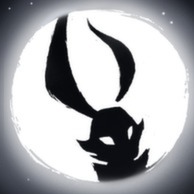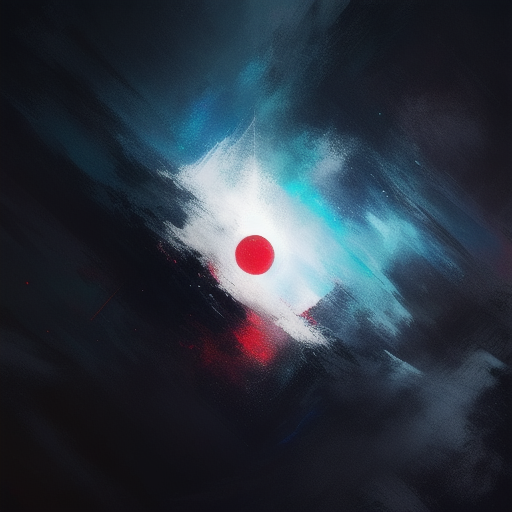Awesome! I love how phone cameras these days have dedicated astro modes, you can get really good results with some tinkering.
I downloaded the photo and pushed it a bit further in iOS free Lightroom, you can squeeze a bit more faint detail out of them, especially if your phone can save RAW format photos.
Here:

you can squeeze a bit more faint detail out of them
What exactly did you do here? Up the contrast or something?
Adjust the color curves I’m guessing
I just played around with contrast, saturation of each color, a bit of shadows/ blacks and exposure, a bit of dehaze filter and some noise reduction if I remember correctly.
What phones have this option? How would I find it?
Google Camera on any Android will have the astro mode in Night Sight It requires the phone is perfectly stable or else it won’t activate.
also hey lmao
Hmm I have something called “nightscape” but I think it can only do 30 second exposures
Are you sure you’re using Google Camera and not some random bundled camera app from Samsung or whatever?
It looks like the default one to me, but I guess it could be a bundled one. But I tried downloading another camera app and it showed the same 30 second exposure limit so I’m guessing it’s a hardware limitation.
Very nice!
I wonder what’s going on in the background there in processing the picture. 5 minutes exposure creates star trails even on a wide angle lens. Must be multiple exposures and focus stacking.
Unsure, but it also outputs a time lapse at the same time where you can see the stars moving - I’d guess this is a by-product of the process (also cool that you can see some slight cloud movement which I didn’t know was there before)

Yeah this is generally how low light and HDR camera modes work - by taking multiple photos and then using a technique called “Stacking” to average out noise and improve signal (useful light).
You can also just take 20-30 second exposures if your phone has a “pro” camera mode, then do the rest of the stacking with other tools. The astro mode simply does everything for you, but you get less control over the processing.
It most probably fakes dots based on arc intensity and width. So if two stars happen to be along the arc, they are both smeared together at the location of the first.
It’s taking a video and doing aligning/stacking of the frames like you said. Not taking an actual long exposure in the sensor. Most photos on modern phone cameras in low light are done this way. There’s a cool paper by google on their algorithm.
Wow, technology!
Very nice! Suddenly I feel very… small.
Truly
What always blows my mind is those milky parts are hundreds of millions of stars too faint to see on their own, most of which probably have planets






